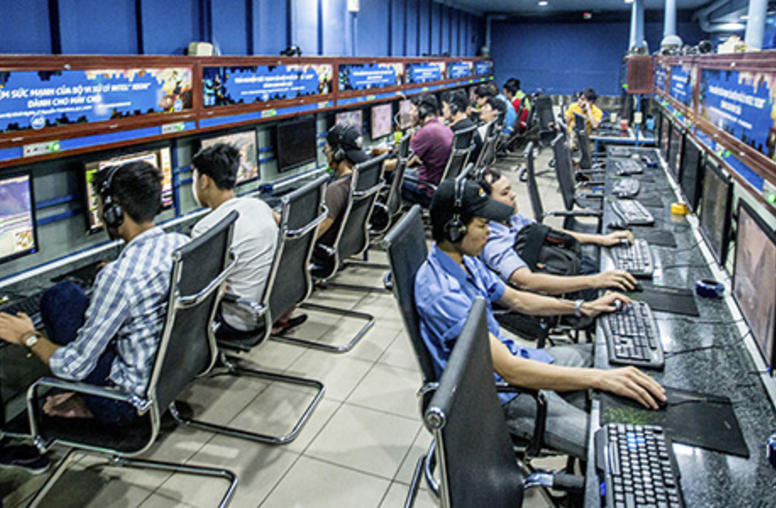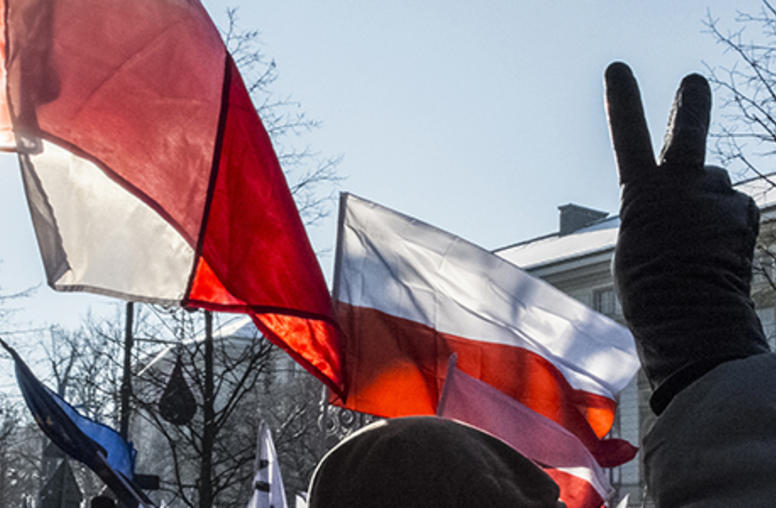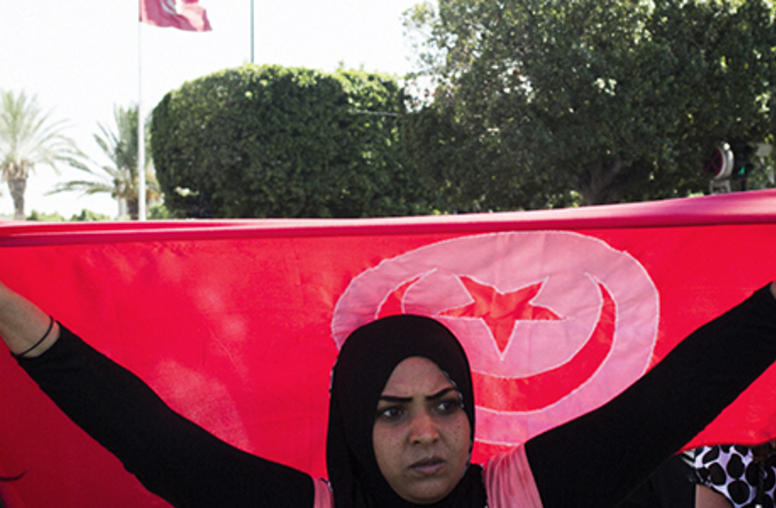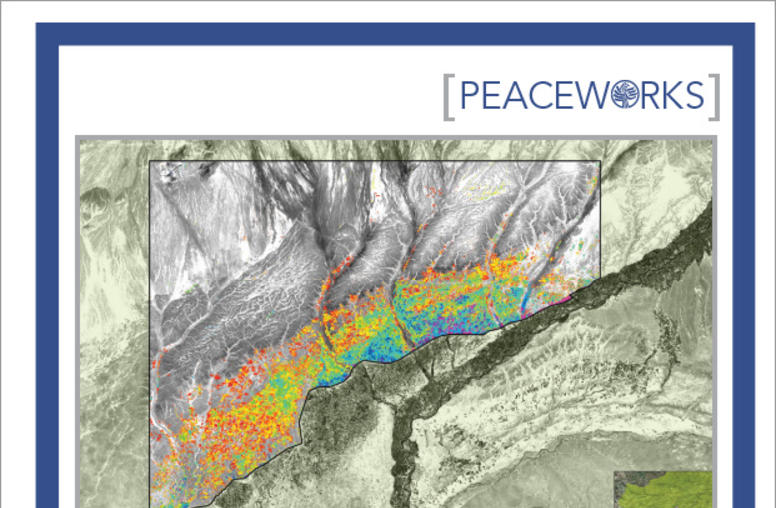Year in Review: 2012’s “Quiet Revolution” in Social Media
Sheldon Himelfarb, director of the Media, Conflict, and Peacebuilding Center at USIP, looks at 2012’s “quiet revolution” in social media.
- Community-based applications: “While people were debating the role of social media in big events like the Arab Spring, there has been a quiet revolution going on, where local communities around the world are figuring out how they can use this nexus between social media and mobile phone technology in very creative ways,” Himelfarb says. These technologies have been used to reduce violence levels, monitor elections for voter fraud and electoral violence, and help communities work together to draft constitutions, he notes.
- USIP’s role: “Our grants program in communications for peacebuilding is seeding this territory of community activism and peacebuilding by providing some grants to local organizations in Kenya, Nigeria, and elsewhere,” says Himelfarb.
- Looking forward: “In 2013,” Himelfarb says, “I think we’re going to see a lot more on the sensing front, and the use of big data to sense emerging conflict.” Academic research that has studied these issues will begin to be applied in the field in the years ahead, says Himelfarb.



